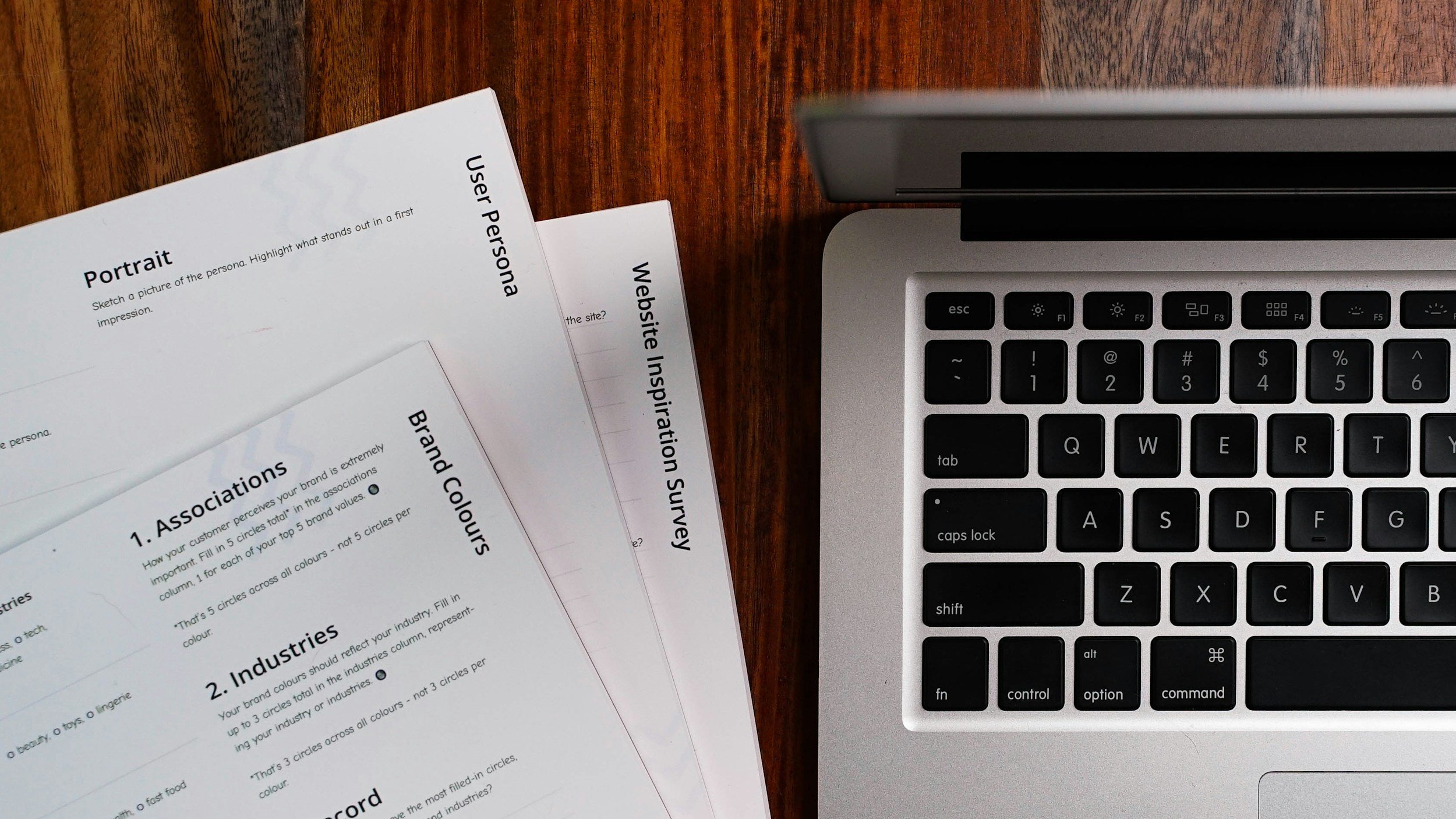How to Prepare Your Content for Translation
Written by: Beth
Going global? One of the most important (and often overlooked) steps in expanding to new markets is preparing your content before translation begins. Whether you’re translating websites, certain phrases, marketing materials, or legal documents, a little preparation can save time, money, and headaches down the road. 📝
We’ll walk you through exactly how to prepare your content for translation, ensuring accuracy, consistency, and maximum cultural impact.
Why Preparing Your Content Matters
Poorly prepared content can lead to:
Higher translation costs
Delays in delivery
Miscommunication
Brand inconsistency
Unintentional cultural blunders
Good preparation ensures:
Faster turnaround times
Lower costs
Better quality translations
Smoother localisation into multiple languages
1. Clean and Finalise Your Source Content
Before anything is translated, make sure your original text is:
Finalised and approved. Avoid work-in-progress drafts that will lead to lots of changes!
Free of jargon, typos, and ambiguous phrasing
Consistent in tone and terminology
Remember: If it’s not clear in your native language, it won’t be clear when translated.
2. Organise Your Files
Help translators focus on the content - not hunting for it.
Provide editable file formats (Word, Excel, etc.)
Clearly name your files
Group files by purpose (marketing, legal, technical)
Have any image captions written underneath so these can be translated at the same time
3. Create a Glossary & Style Guide (If Possible)
A translation glossary defines key terms, acronyms, product names, and phrases that should be translated consistently.
A style guide includes:
Preferred tone (formal, friendly, etc.)
Target audience
Brand voice guidelines
Don’t have one? No worries - a decent agency like us can help create it 😉
4. Define the Target Audience & Goals
Different languages and regions require different approaches.
Are you targeting Spanish for Spain or Latin America?
Should the tone be technical, casual, or persuasive?
Is the goal awareness, compliance, or conversion?
Providing context helps translators localise, not just translate.
5. Flag Cultural or Regional References
Some content doesn’t ‘travel well’.
Holidays, humour, idioms, currency, and even sports references may need adaptation
Provide guidance on what can be localised, changed, or removed
Remember: cultural sensitivity boosts credibility in new markets.
6. Use Translation-Friendly Formatting
Some formatting tips to help the process go smoothly:
Avoid hard line breaks inside sentences
Use proper coding standards for web content (e.g., separating translatable strings)
Leave space in layouts for text expansion (especially for languages like German or French)
7. Provide Reference Materials
Include any helpful background documents:
Product manuals
Marketing briefs
Previous translations
Design mockups
The more your translators understand your business, the better the outcome.
8. Choose the Right Translation Partner Early
Involve your translation team early in the process, ideally during content development, and any good agency will be able to:
Offer guidance on what to prepare
Flag potential issues before they cause problems
Help you scale across multiple languages efficiently
Good Preparation = Great Translation
Preparing your content for translation doesn’t just make things easier, it makes things better. You’ll reduce turnaround times, avoid expensive revisions, and end up with content that resonates in every language.
Ready to Go Global?
Need help preparing your content for translation or building a multilingual strategy from the ground up? We’re the team for you!




